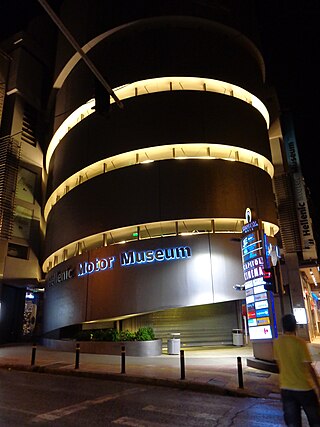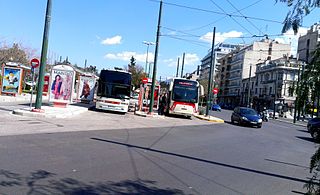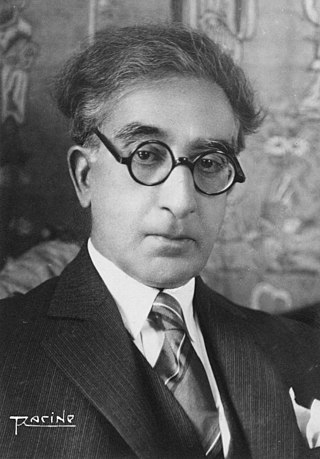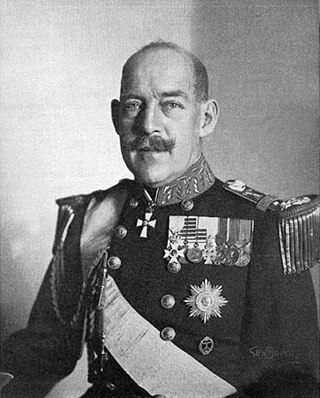Self-guided Sightseeing Tour #1 in Athens, Greece
Legend
Guided Free Walking Tours
Book free guided walking tours in Athens.
Guided Sightseeing Tours
Book guided sightseeing tours and activities in Athens.
Tour Facts
0.6 km
11 m
Experience Athens in Greece in a whole new way with our free self-guided sightseeing tour. This site not only offers you practical information and insider tips, but also a rich variety of activities and sights you shouldn't miss. Whether you love art and culture, want to explore historical sites or simply want to experience the vibrant atmosphere of a lively city - you'll find everything you need for your personal adventure here.
Activities in AthensIndividual Sights in AthensSight 1: Hellenic Motor Museum
The Hellenic Motor Museum is a car museum in Athens. It is owned by the Theodore Charagionis Foundation and opened in March 2011. The museum is situated in central Athens near the National Archaeological Museum, on the three top floors of the Athenian Capitol shopping mall.
Sight 2: Πλατεία Αιγύπτου
Egypt Square was a historic square at the old northern end of the 1st municipal unit of Athens, on the way to the former country destination of Patissia. The square was located between Patission Street and Pedion tou Areos, close to the business and educational buildings erected by many Greek Egyptians, above Omonoia and along the road.
Sight 3: Ιωάννης Τσιγάντες
Ioannis Tsigantes-Svoronos was a Greek soldier. Dismissed from the army due to his participation in the pro-Venizelist coup attempt of 1935, he was active in the resistance during the Axis occupation of Greece as part of the Midas 614 organization. He was killed by the Italian occupation authorities in Athens on January 14, 1943.
Sight 4: Constantine Cavafy
Konstantinos Petrou Kavafis, known, especially in English, as Constantine P. Cavafy and often published as C. P. Cavafy, was a Greek poet, journalist, and civil servant from Alexandria. A major figure of modern Greek literature, he is sometimes considered the most distinguished Greek poet of the 20th century. His works and consciously individual style earned him a place among the most important contributors not only to Greek poetry, but to Western poetry as a whole.
Sight 5: King Constantine I
Constantine I was King of Greece from 18 March 1913 to 11 June 1917 and from 19 December 1920 to 27 September 1922. He was commander-in-chief of the Hellenic Army during the unsuccessful Greco-Turkish War of 1897 and led the Greek forces during the successful Balkan Wars of 1912–1913, in which Greece expanded to include Thessaloniki, doubling in area and population. The eldest son of George I of Greece, he succeeded to the throne following his father's assassination in 1913.
Share
How likely are you to recommend us?
Disclaimer Please be aware of your surroundings and do not enter private property. We are not liable for any damages that occur during the tours.
GPX-Download For navigation apps and GPS devices you can download the tour as a GPX file.



